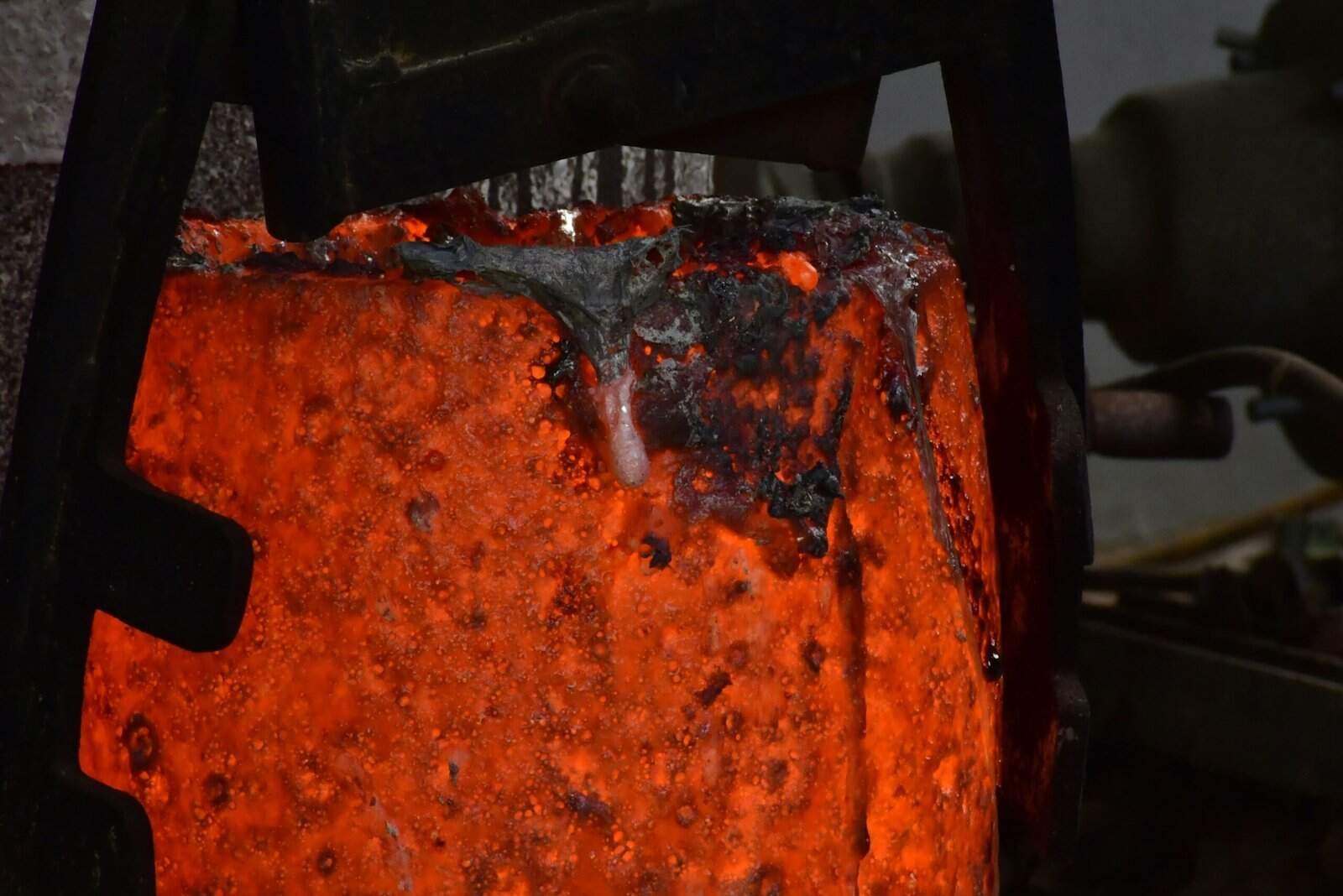Have you ever taken a sip from your glass of water, only to notice an unpleasant metallic taste? Perhaps you’ve seen reddish-brown stains on your laundry or bathroom fixtures? If so, it’s possible you’re dealing with iron in your well water. Iron is a common contaminant in well water, and understanding how to address and remove it is crucial for maintaining clean, safe water in your home.
Understanding Iron in Well Water
Iron is a naturally occurring element found in soil and rocks. As water moves through the ground, it can dissolve iron and carry it into your well. While iron isn’t harmful to your health in moderate amounts, it can create several issues in your household, affecting appliances, plumbing, and your overall water quality.
Types of Iron
Iron in well water usually appears in three forms, each needing a different approach for removal:
- Ferrous Iron (Clear Water Iron): This type of iron is dissolved in the water and is not visible until it oxidizes and forms reddish particles.
- Ferric Iron (Red Water Iron): This form is already oxidized and appears as tiny particles in your water, giving it a noticeable color.
- Bacterial Iron: This form occurs when iron bacteria colonize and create slimes in pipes and appliances.
Effects of Iron in Well Water
Iron can cause several problems that affect the aesthetic and functional aspects of your home:
Taste and Odor
Water with a high iron content often has a metallic taste and can have an unpleasant sulfur-like odor due to the presence of bacteria.
Staining
Iron can cause reddish-brown stains on laundry, plumbing fixtures, and dishes. These stains can be hard to remove and can make cleaning a more labor-intensive task.
Clogging
Bacterial iron and ferric iron can accumulate, leading to clogged pipes, reduced water flow, and issues with water-using appliances.
Water Quality
While iron itself isn’t a health hazard, its presence in water can indicate potential contamination with other harmful substances.

Testing for Iron in Well Water
Before you can address the iron problem, you’ll first need to confirm its presence and form. Here’s how:
DIY Testing Kits
Home testing kits are available and can give you an initial idea of the iron levels in your water. Choose a kit that tests for both ferrous and ferric iron to get comprehensive results.
Professional Water Testing
For more accurate results, you may want to hire a professional. This approach can also provide you with detailed information about other potential contaminants in your water.
Methods to Remove Iron from Well Water
Once you’ve confirmed the type and level of iron present, you can choose an appropriate removal method:
Sediment Filtration
Best for removing ferric iron, a sediment filter can physically trap iron particles. However, it doesn’t address iron that is dissolved in the water.
Oxidation and Filtration
This method involves adding an oxidizing agent to the water to convert ferrous iron into ferric iron, which can then be filtered out. Two common systems are:
- Air Injection Filters: These use the air to oxidize iron, forming particles that a backwashing filter then removes.
- Chlorine Injection: Chlorine is added to oxidize the iron, and a carbon filter removes both the precipitated iron and excess chlorine.
Water Softeners
Primarily designed to remove hardness-causing minerals, water softeners can be effective for ferrous iron removal, given that the iron concentration is not too high. However, they do require regular maintenance.
Chemical Oxidation
Using chemicals like hydrogen peroxide or potassium permanganate can oxidize iron, readying it for filtration. This method is effective but can introduce chemicals into your water system that need to be managed.
Manganese Greensand Filters
These are specifically designed for iron removal and use a manganese-coated filter to remove up to 10 ppm of iron. The filter media needs to be regularly recharged with potassium permanganate.
Reverse Osmosis
Typically used for purifying drinking water, reverse osmosis systems can also remove iron. However, they may not be the most efficient option for water with a high iron concentration.

Maintaining Your Iron Removal System
Once you have installed a system to remove iron from your well water, regular maintenance is key to ensuring its continued effectiveness.
Regular Monitoring
Keep an eye on the water color, taste, and any staining. These signs can indicate if the system might need servicing or adjustments.
Regular Servicing
Replace filters as needed, ensure chemical tanks are refilled, and check injection systems for proper function. Consider an annual professional inspection for optimal system performance.
Iron Bacteria Management
If you are dealing with iron bacteria, periodic disinfecting of your system can help control their growth. This can be done using a chlorination process.
Preventing Iron Problems in Well Water
While complete prevention might not be possible, especially if you’re dealing with a natural iron source, there are ways to mitigate the problem before it starts:
Well Maintenance
Regular inspection and maintenance of your well can prevent contamination and track iron levels before they become a severe issue.
Proper Well Construction
Ensure your well is constructed with materials that resist iron corrosion and is properly sealed against surface water contamination.
Drainage Management
Keeping the area around your well dry can help prevent iron-laden runoff from entering the system.

Final Thoughts
Iron in well water is a common issue that can be addressed with the right knowledge and techniques. By understanding the forms in which it presents itself, testing your water accurately, and choosing the most effective removal solution, you can maintain a high quality of water in your home. Whether it’s through filtration, chemical treatment, or oxidation, managing iron levels not only helps prevent damage to your plumbing and appliances but also ensures a cleaner, more pleasant water experience for you and your family. Remember to regular check-ups and maintenance to keep your system running smoothly, giving you one less thing to worry about in the pursuit of excellent household water quality.

